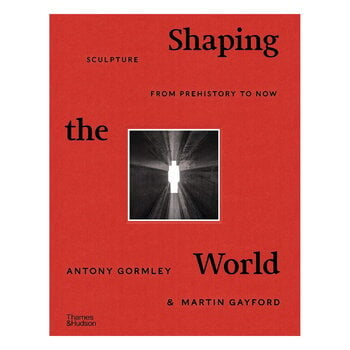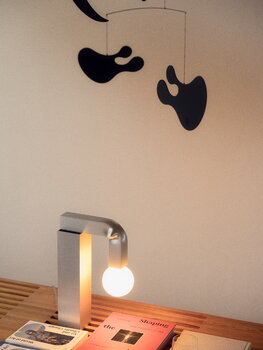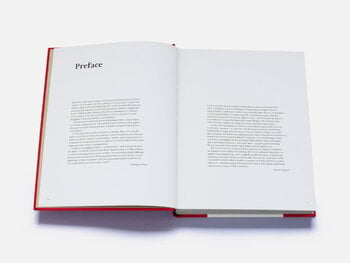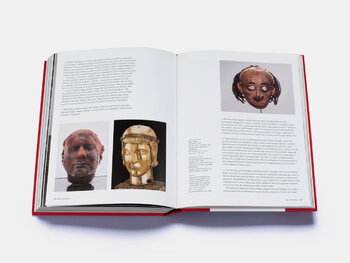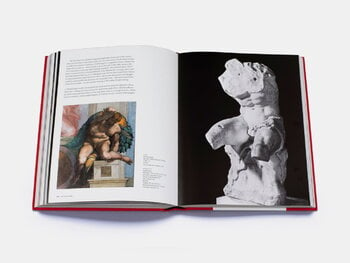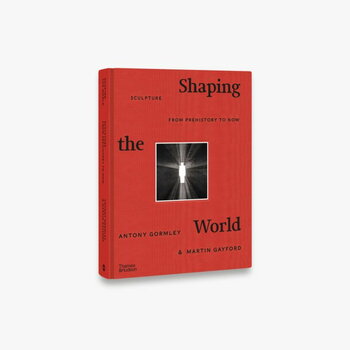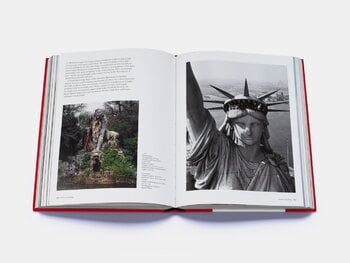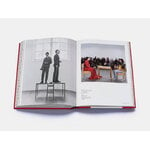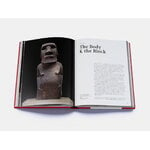Shaping the World: Sculpture from Prehistory to Now vie matkalle halki veistostaiteen historian. Teoksessa taiteilija Anthony Gormley sekä taidekriitikko ja -historioitsija Martin Gayford käyvät läpi veistoksia jopa tuhansien vuosien ajalta ympäri maailmaa toinen toisensa näkökulmia täydentäen. Samalla he pohtivat veistostaiteen merkitystä ihmiskunnan evoluutiossa – veistokset eivät ole vain kauniita esineitä ja koristeita, vaan taideteoksia ja maamerkkejä, jotka ovat sidoksissa ihmiskunnan arvoihin, kulttuureihin ja uskontoihin. Teoksen on julkaissut brittikustantamo Thames & Hudson.
Sculpture is the universal art. It has been practised by every culture throughout the world and stretches back into the distant past. The first surviving shaped stones may even predate the advent of language. The drive to form stone, clay, wood and metal into shapes evidently runs deep in our psyche and biology. This links the question ‘What is sculpture?’ to the question ‘What is humanity?’
In this wide-ranging book, two complementary voices – one belonging to an artist who looks to Asian and Buddhist traditions as much as to Western sculptural history, the other to a critic and historian – consider how sculpture has been central to the evolution of our potential for thinking and feeling. Sculpture cannot be seen in isolation as an aesthetic pursuit; it is related to humankind’s compelling urge to make its mark on the landscape, to build, make pictures, practise religion and develop philosophical thought.
Drawing on examples from thousands of years BCE to now, and from around the globe, the authors treat sculpture as a transnational art form with its own compelling history. They take into account materials and techniques, and consider overarching themes such as space, light and darkness. Above all, they discuss their view of sculpture as a form of physical thinking capable of altering the way people feel and of inviting them to look at sculpture they encounter and more broadly the world around them in a completely different way.

